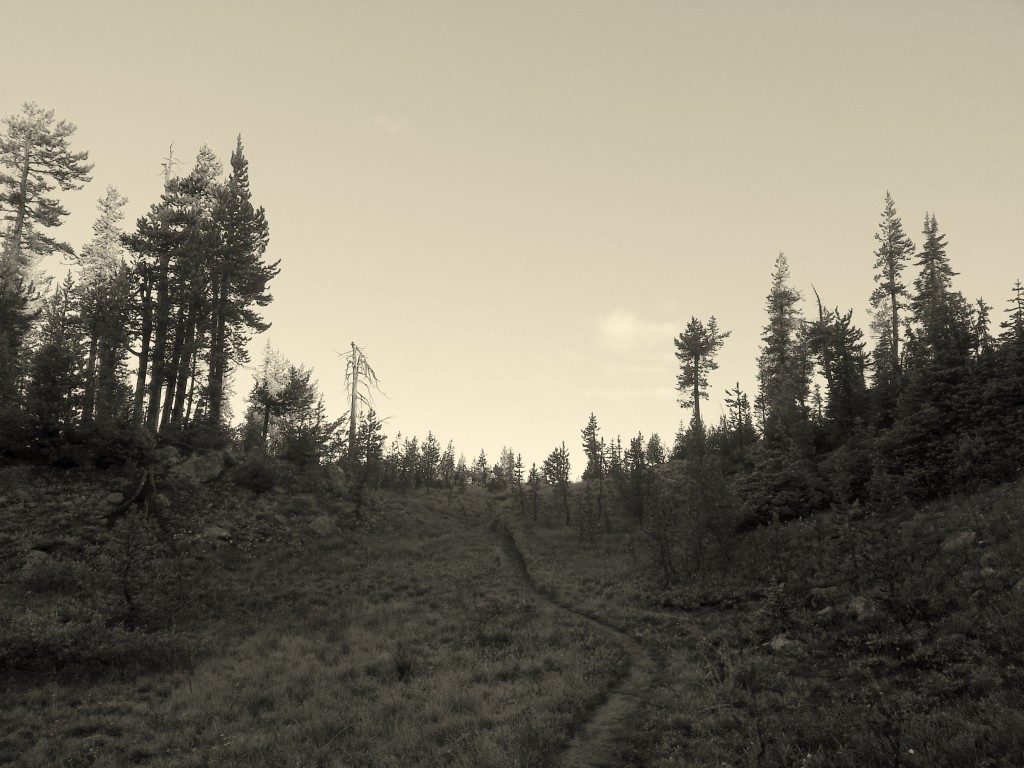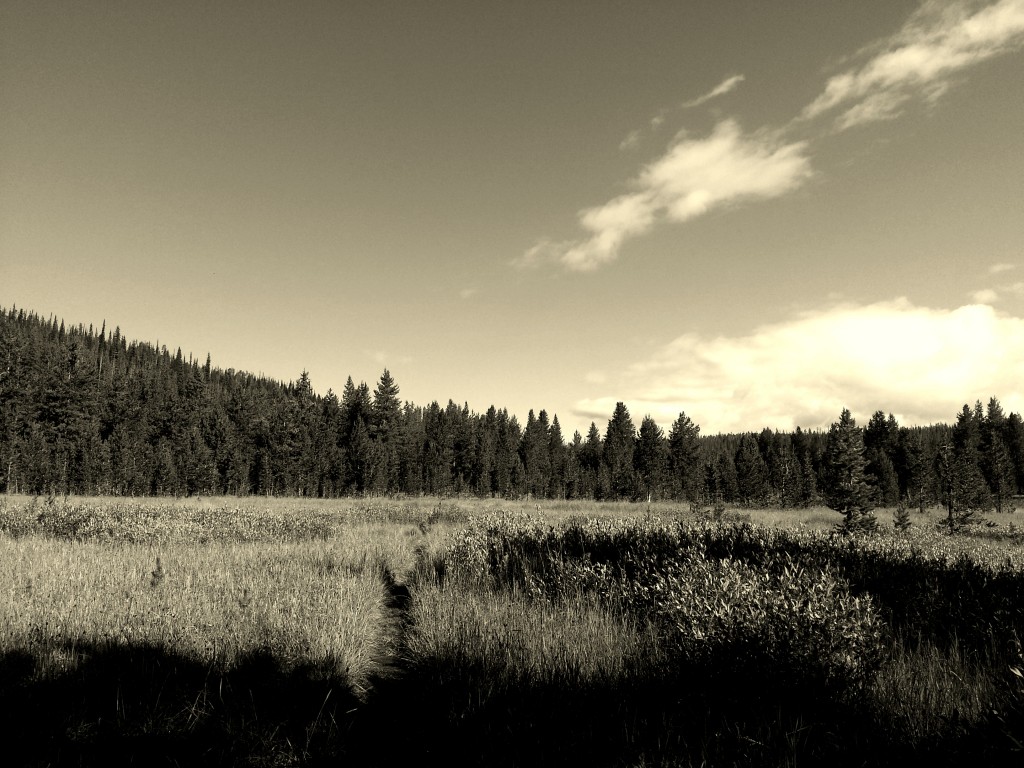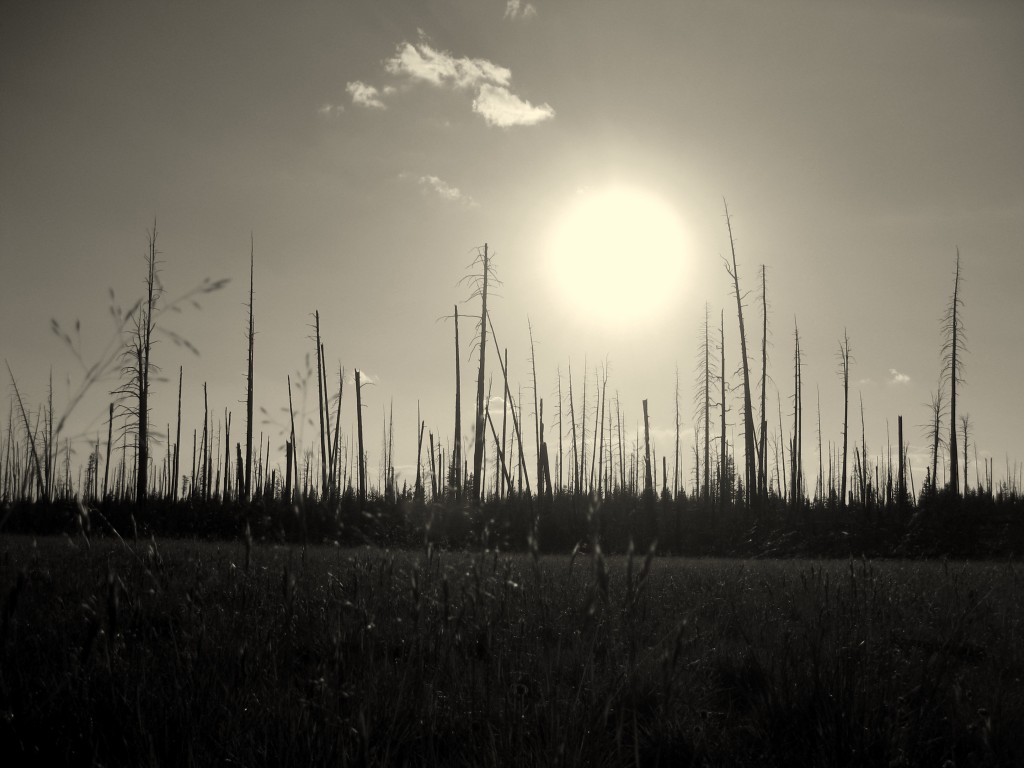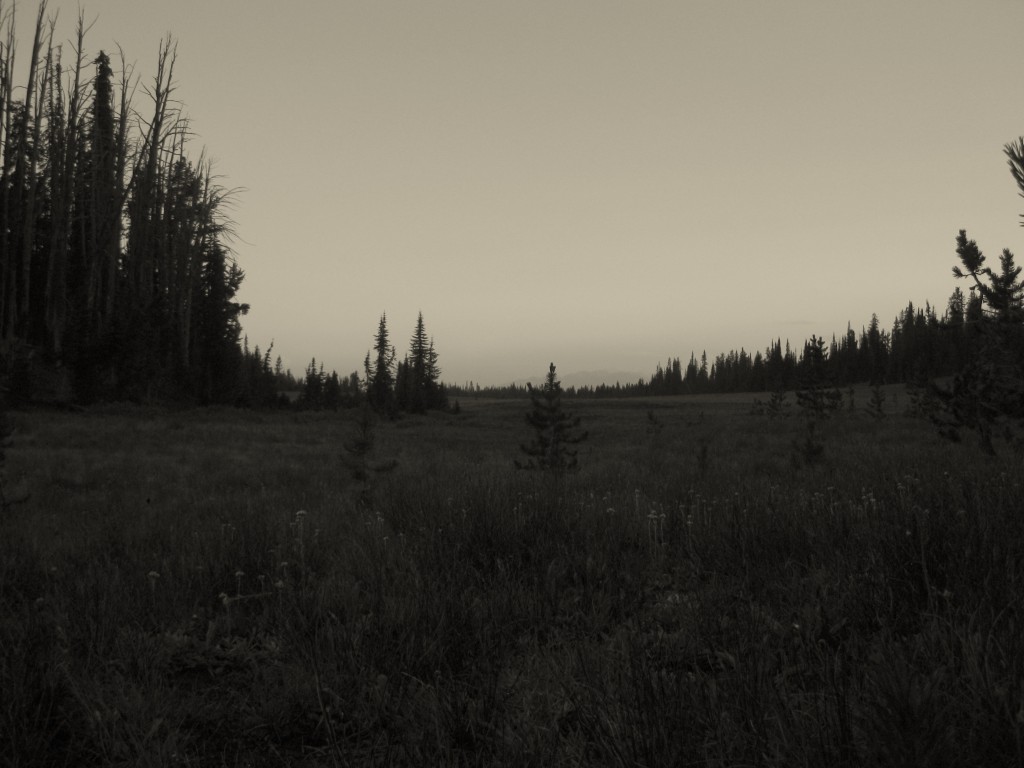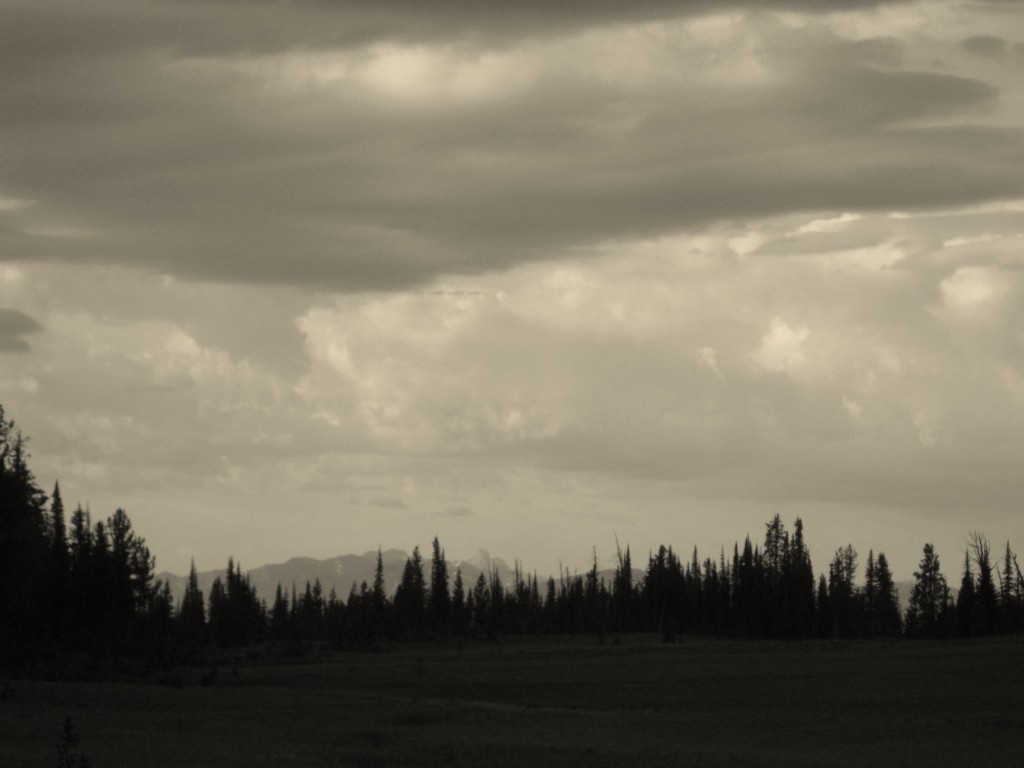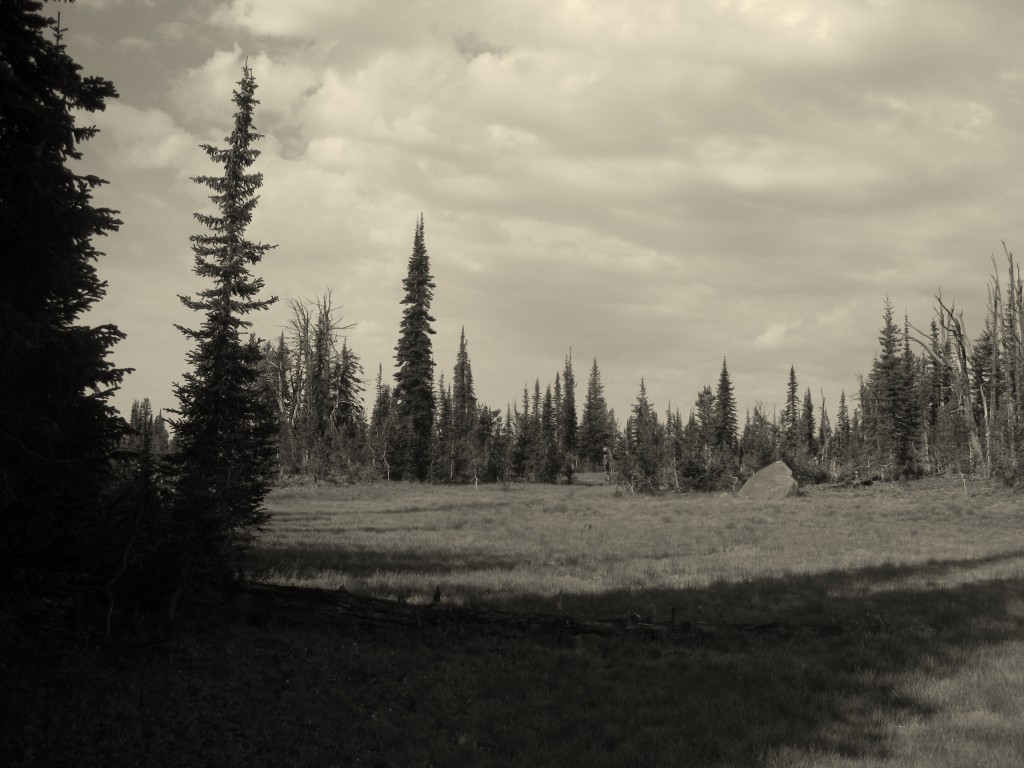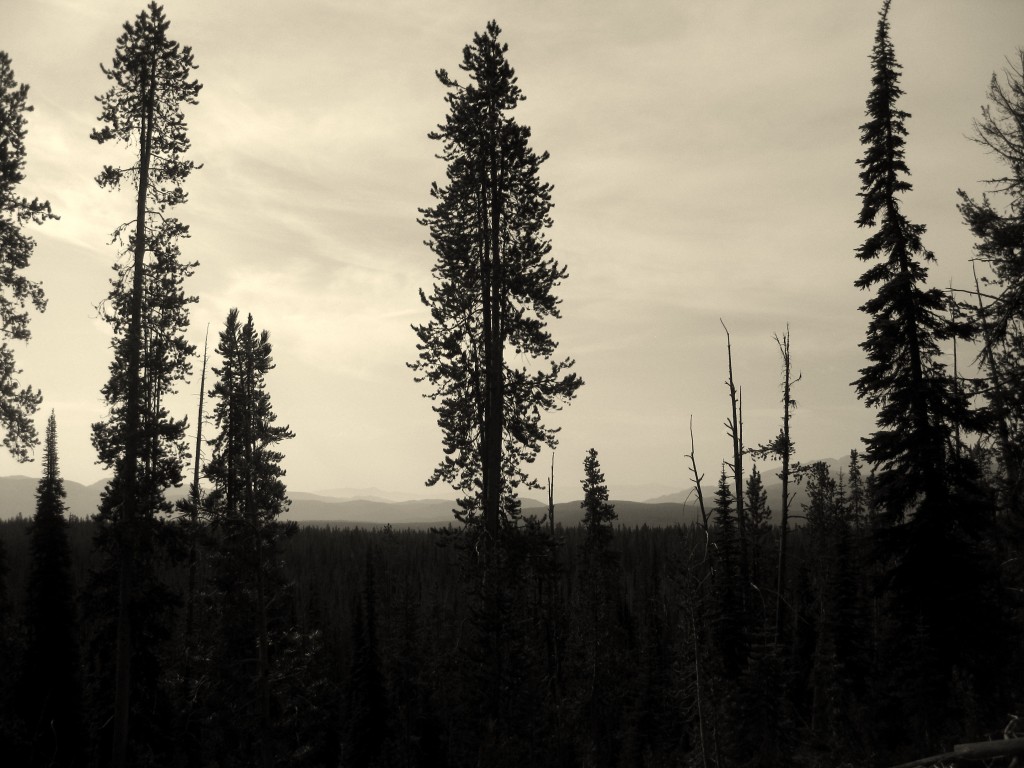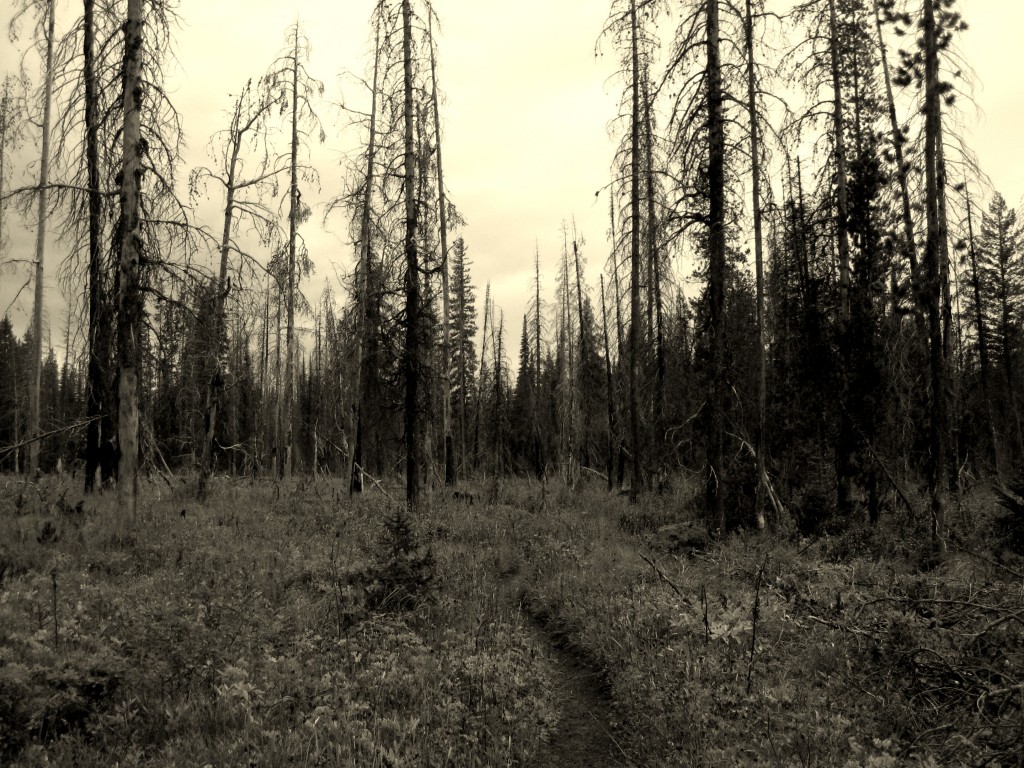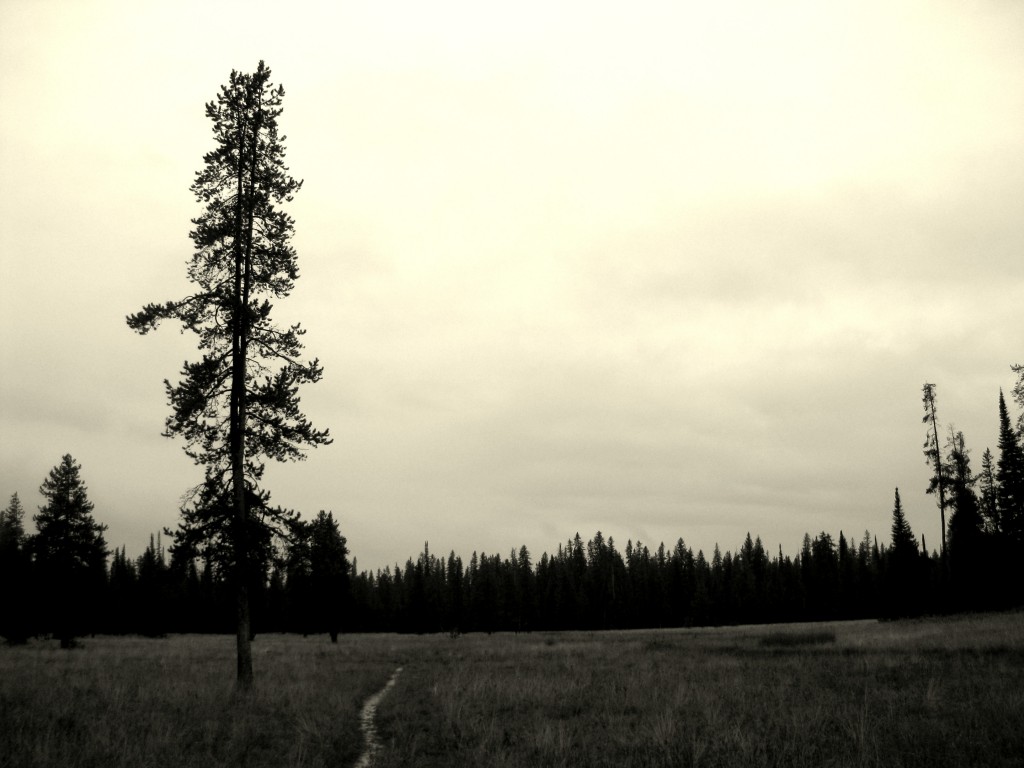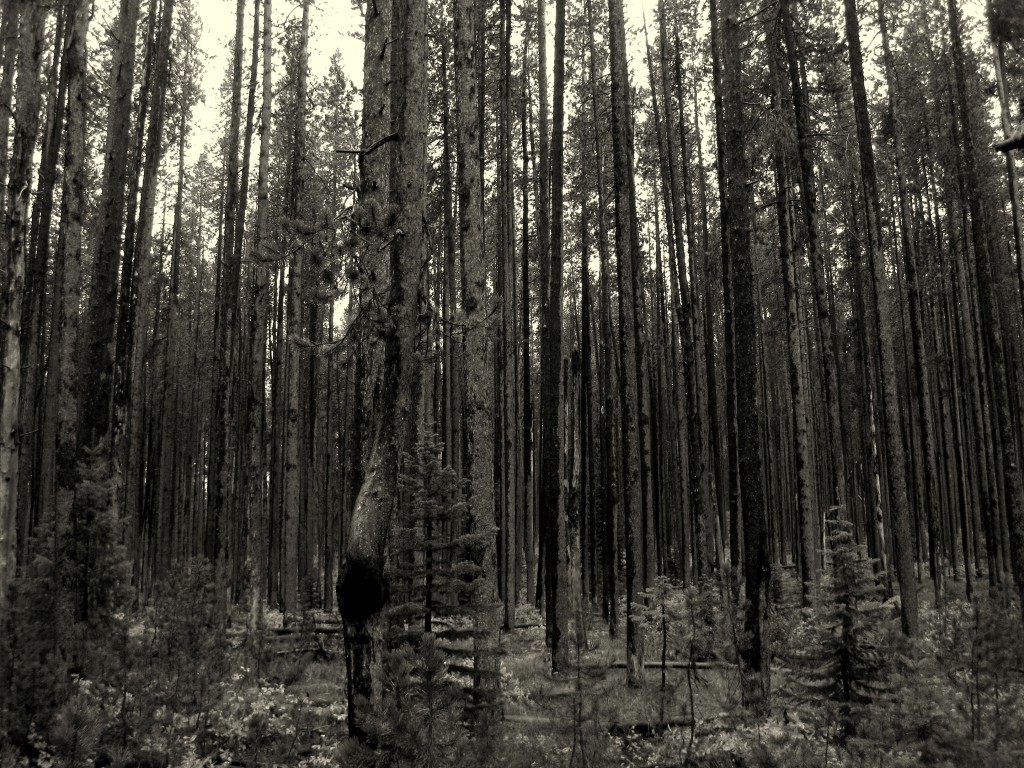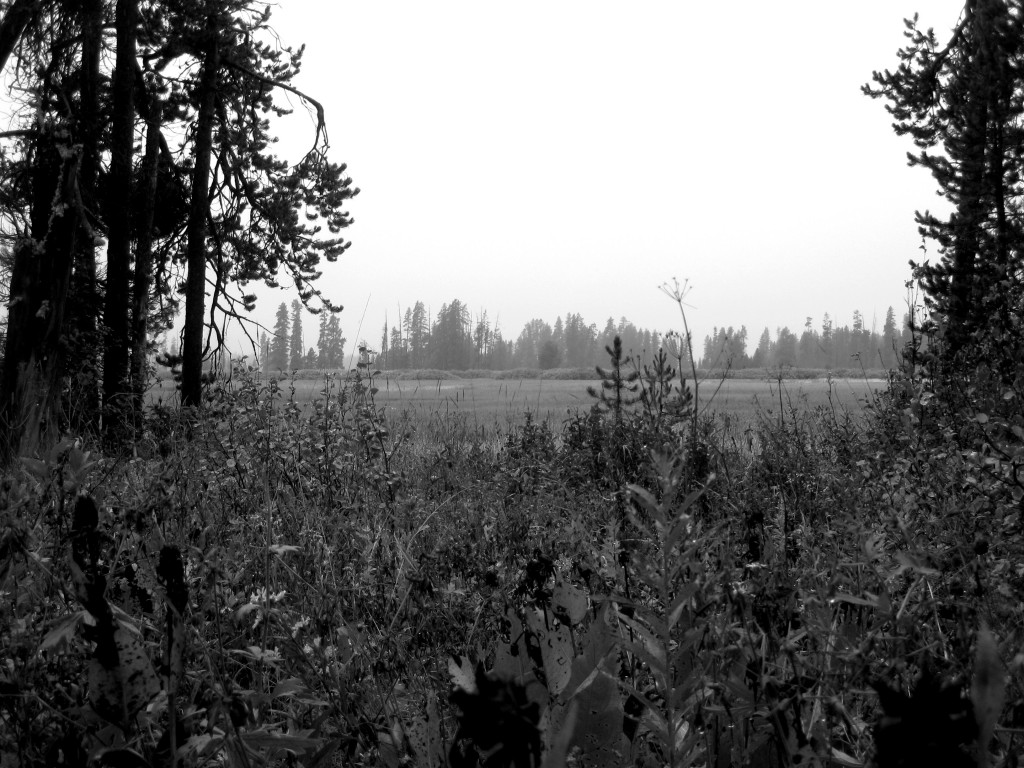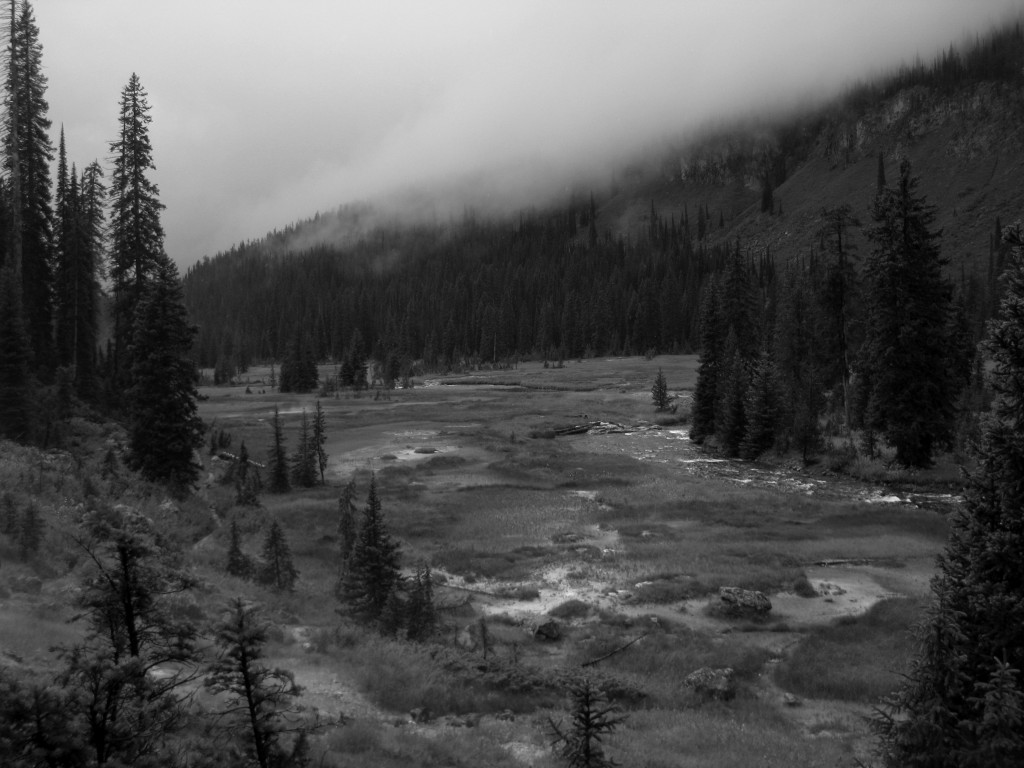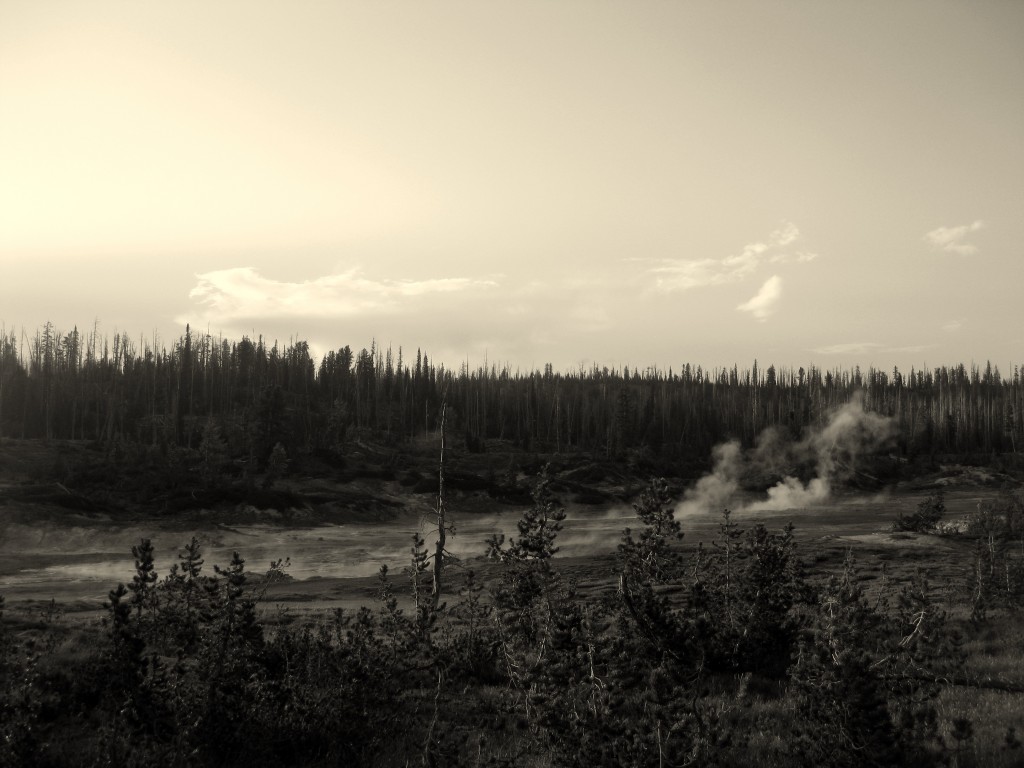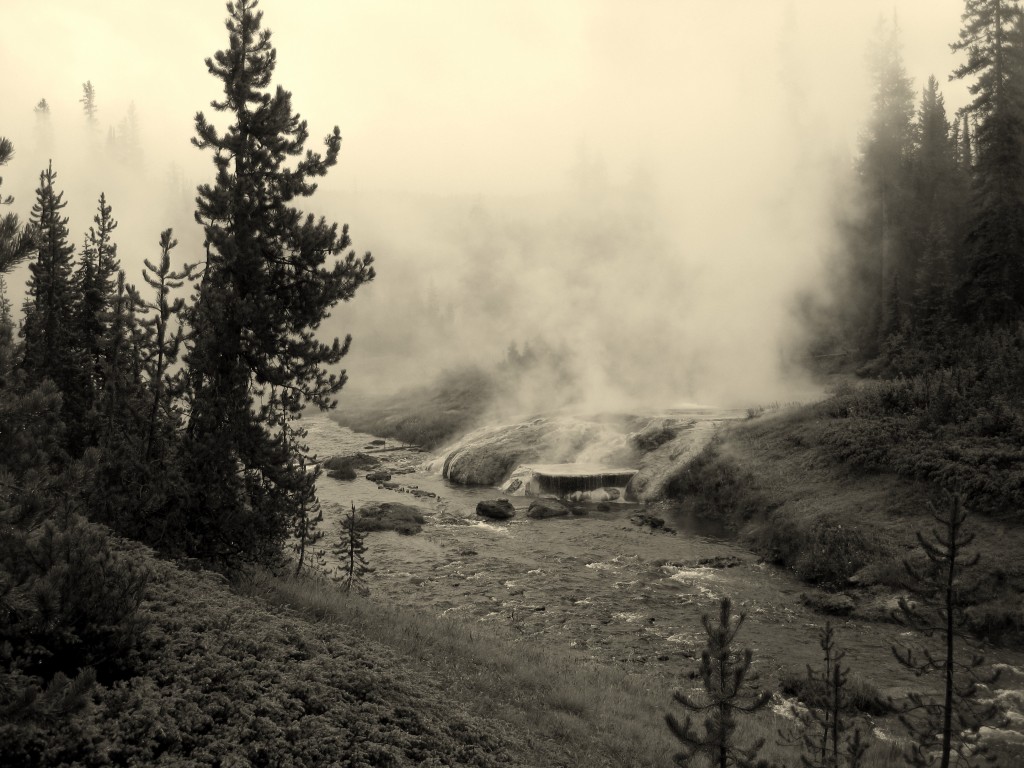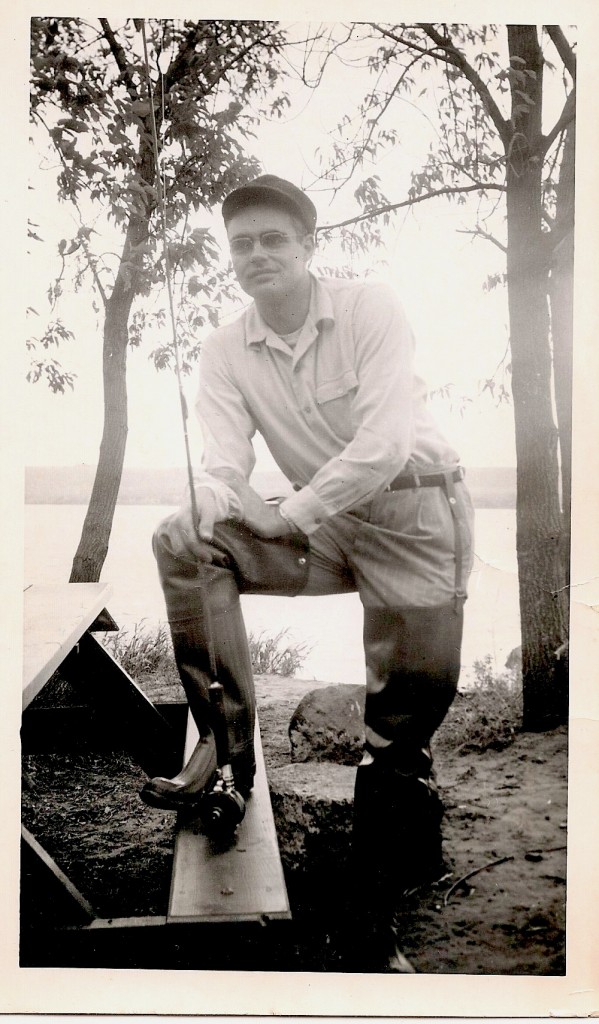If you ask a random American what their stereotypical perspective of a Minnesotan is it may very likely include hotdish, hockey, and canoeing.  As a youngster, being a Minnesota native I ate a lot of hotdish but I didn’t play much hockey and I didn’t do a lot of canoeing.  In the last decade or so I’ve grown very fond of river camping and have done a handful of trips via canoe, packraft, and standard raft.  Two of these trips are firmly rooted near the top of my all time favorite camping experiences, including the one I’m about to tell you of.
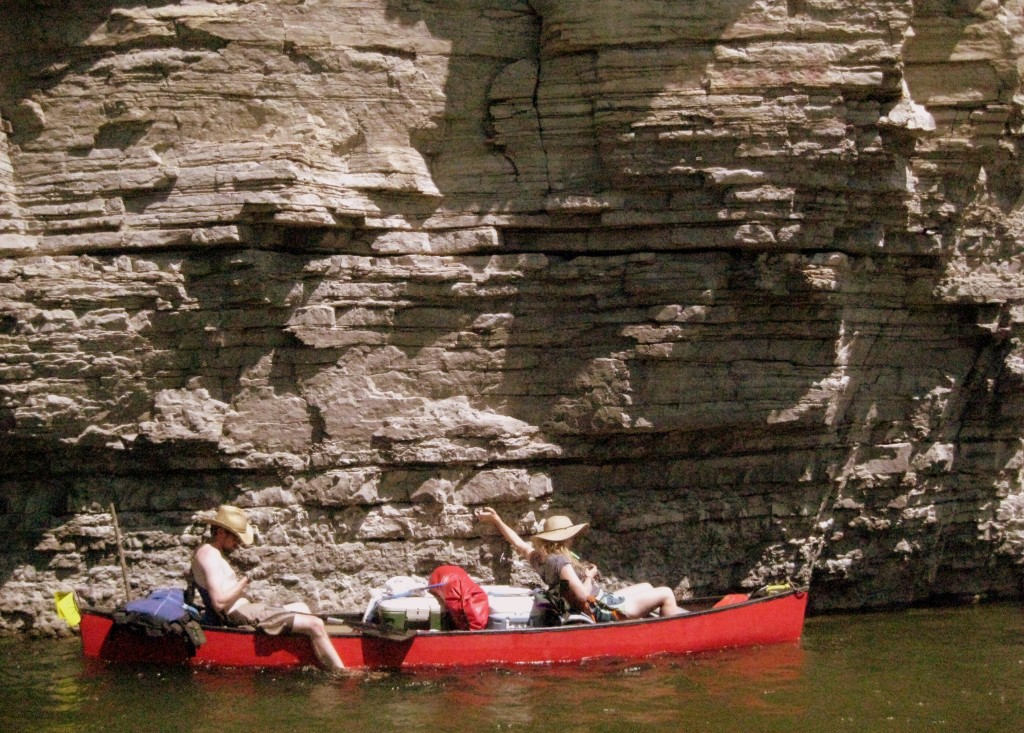
The idea was spawned this past winter to get a group together to put into the lottery for a permit on Montana’s Smith River.  A few of us got together for dinner and drinks, discussed strategy and entered for three different put-in dates ranging from a prime mid-June slot to riskier (low water) slots in early June and early July.  The odds of the lottery aren’t terrible but they’re also not certain.  In 2013 there were 6,662 applicants with only 1062 permits awarded.  One of our group was lucky though and a slot to put-in on Saturday, July 12th was ours.  The ’13/’14 winter hammered SW Montana with near-record snowfalls so our fingers were crossed that the 165% snowpack in the Smith watershed would hold out and provide the needed 240+ cfs flows to get all of our crafts down the river without too much hassle.
The word spread that we had a permit. Â The original group of six or seven participants quickly swelled to 13, dropped, swelled again – right up until the last day before we put in when one last member backed out leaving us with an even 10. Â We had planned extensively both via group email as well as a thorough planning spreadsheet. Â And in late June as many of the participants as were available went on an overnight trip to shakedown gear and group dynamics (that was a gorgeous trip in and of itself). Â The logistics of shuttling ten people’s bodies, gear, and boats was solved, group cooking gear was selected, and paddling/rowing teams were set.
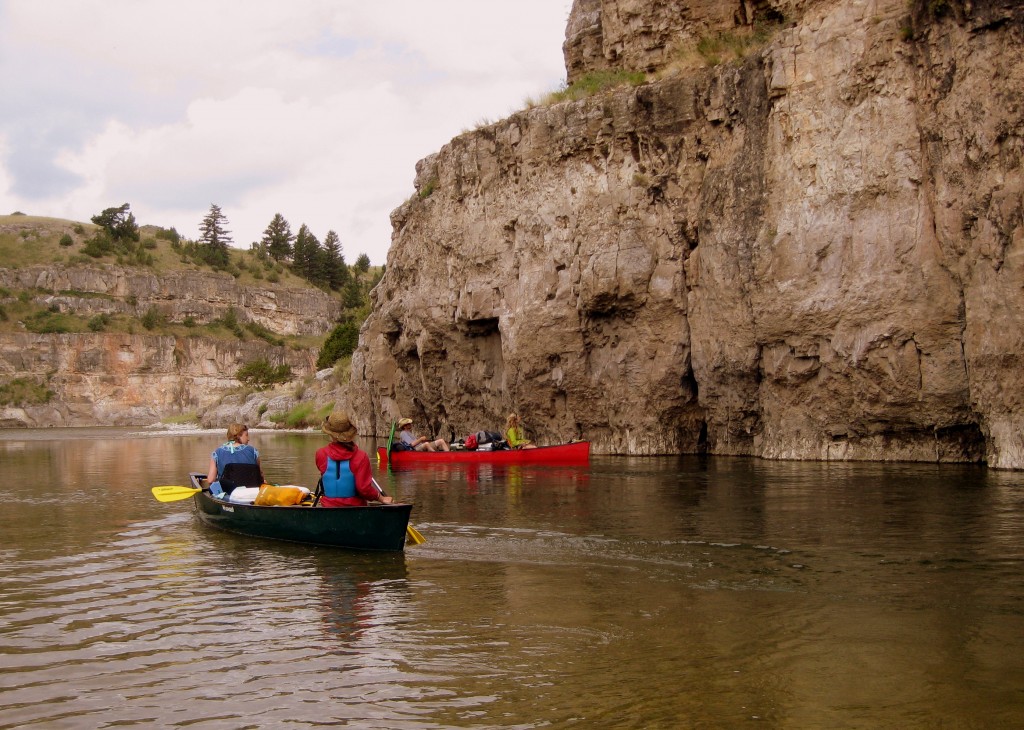
We had participants coming from all over the U.S. – Bozeman, Minneapolis, and Seattle – but all successfully converged at the Camp Baker put-in Friday evening for our Saturday morning departure.  We arrived after dark but shelters were pitched, a fire lit, and beers were in hand in under 30 minutes.  Stoke level was high and we sat around the fire chatting ’til around 11pm.  Smith River policy requires a meeting with a ranger to pay permitting fees, select campsites, and hear a brief safety/regulations talk the morning of your put-in and we were up at 7am and ready with bacon, pancakes, and coffee flying off the Coleman Dual Fuel.
The ranger informed us there had been 8,000 applicants for the lottery this season and that on average there were 135 people putting in per day throughout the summer.  Our July 12th put in is considered near the end of the season but there were still dozens of boats and a few dozen people milling about Camp Baker getting ready.  The nice thing about the permitting and controlled access of the Smith is that it spaces river users out in such a way that although you’re sharing 50 miles of river with hundreds of people you may only see a couple other boats all day.  Some choose to float in a five day window, others choose to fit it into four days. This also helps to limit how many you see as well.  We played hop scotch with one other party who shared a similar itinerary to ours the entire time but only saw a small handful of other groups on days one and four.
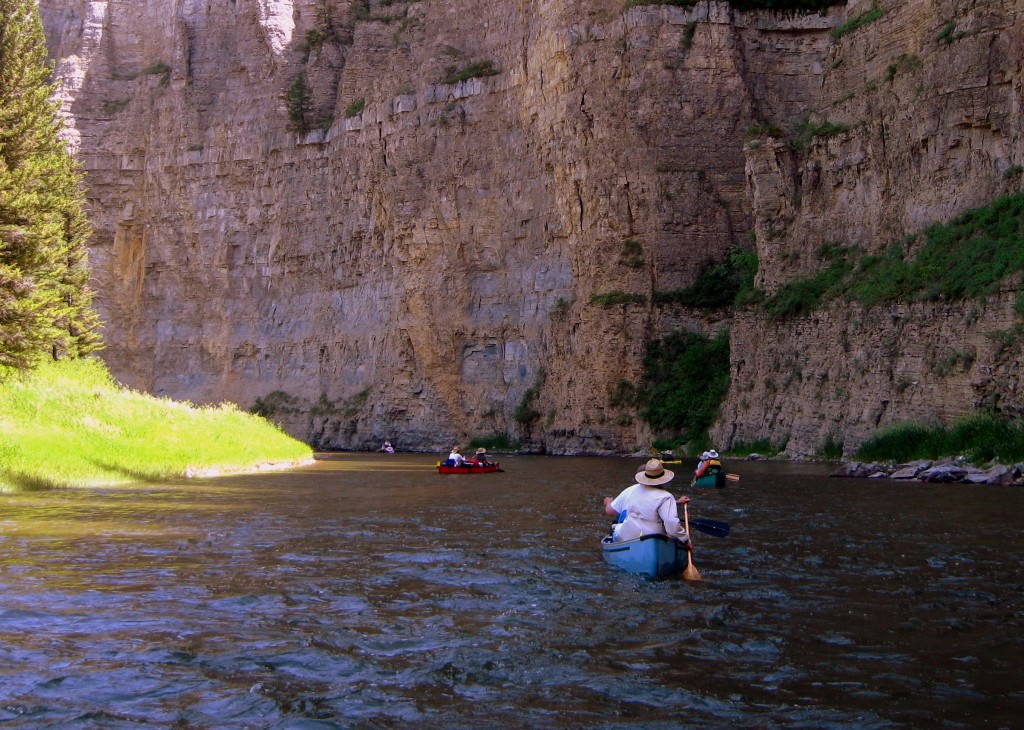
The Smith is everything from a well managed, natural habitat for flora and fauna, to a fishing paradise, to a relaxed and generally worry-free booze cruise. Â Our group appreciated each and every one of those aspects day in and day out. Â We had folks along who were into fishing, folks who have graduate degrees that are into science, and folks who enjoy cracking a river beer a little after ten in the morning.
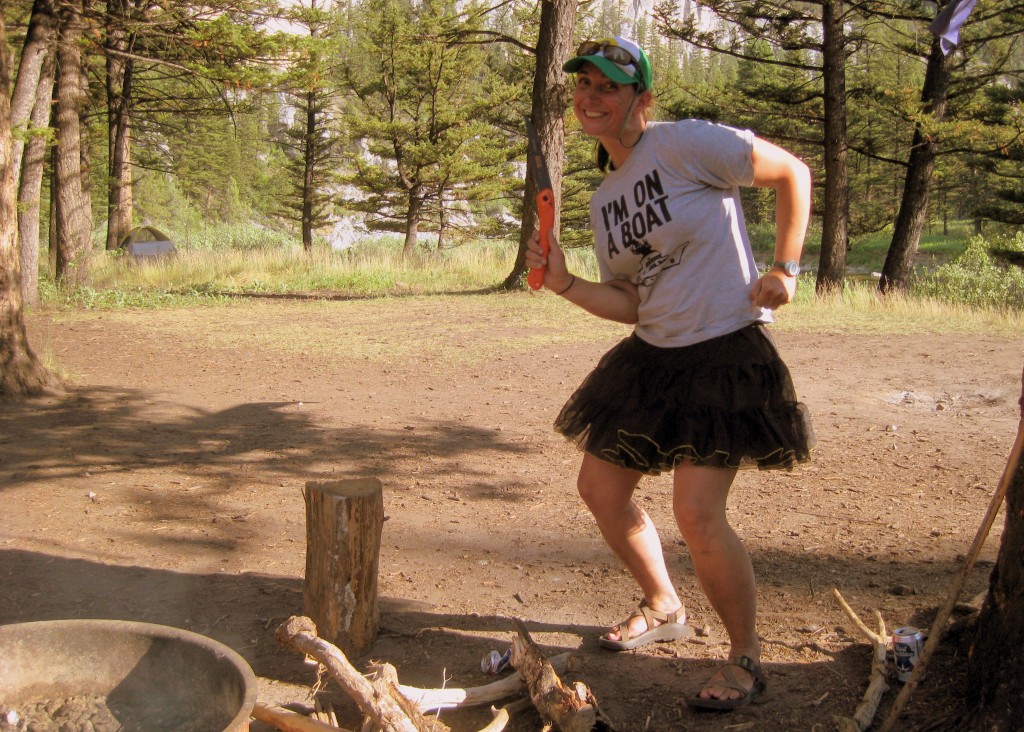
The river proved a very worthy adventure for our group.  We were spaced out in four canoe teams consisting of two paddlers and one raft team with one at the oars and one on a fishin’ rod.  The raft carried a little bit of extra gear but for the most part everyone had their own gear in their own canoes.  We spent a fair amount of time planning group gear (stoves, tables, shelters, et al) so that we had little to no unnecessary redundancy.  Food was also very well thought out and we devoted certain coolers to dry-ice laden deep freeze machines and others to open-as-much-as-needed cold beer dispensing machines.
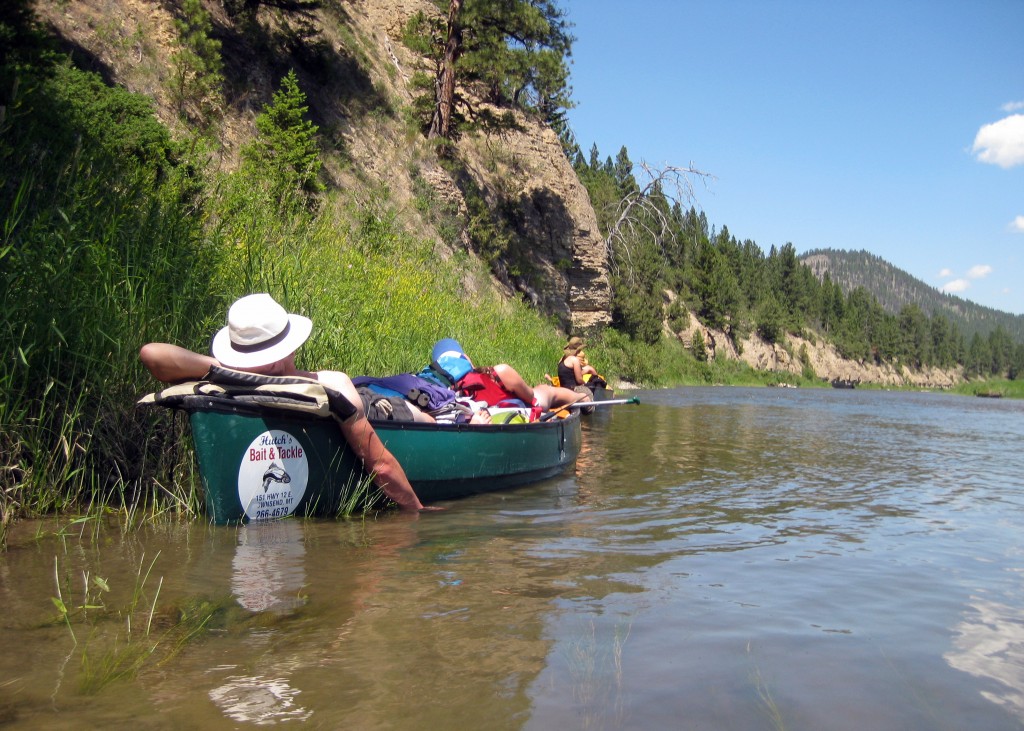
Our scheduled permit which came toward the end of the heavy float season meant we’d have whole campsites to ourselves. Â The Smith is laid out in such a way that areas containing designated campsites usually have an upper, middle, and lower site. Â The sites are pretty well spaced so even on the last night when we had neighbors to the upper and lower sites below us it wasn’t particularly annoying (at least not to us – not sure whether they liked us or not!?!).
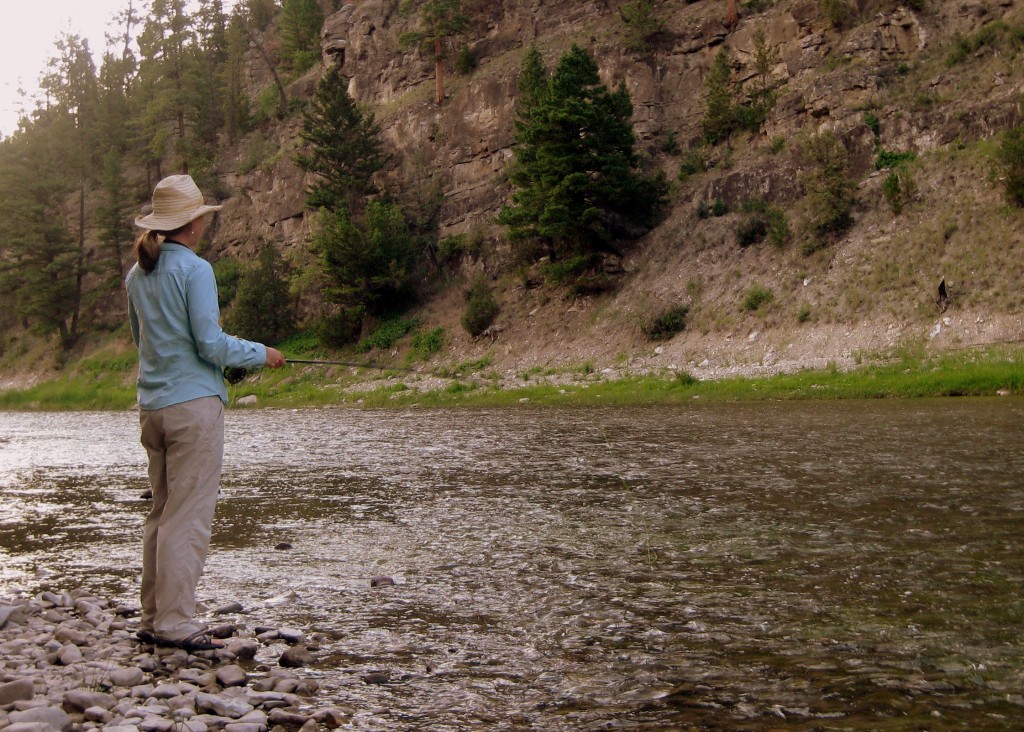
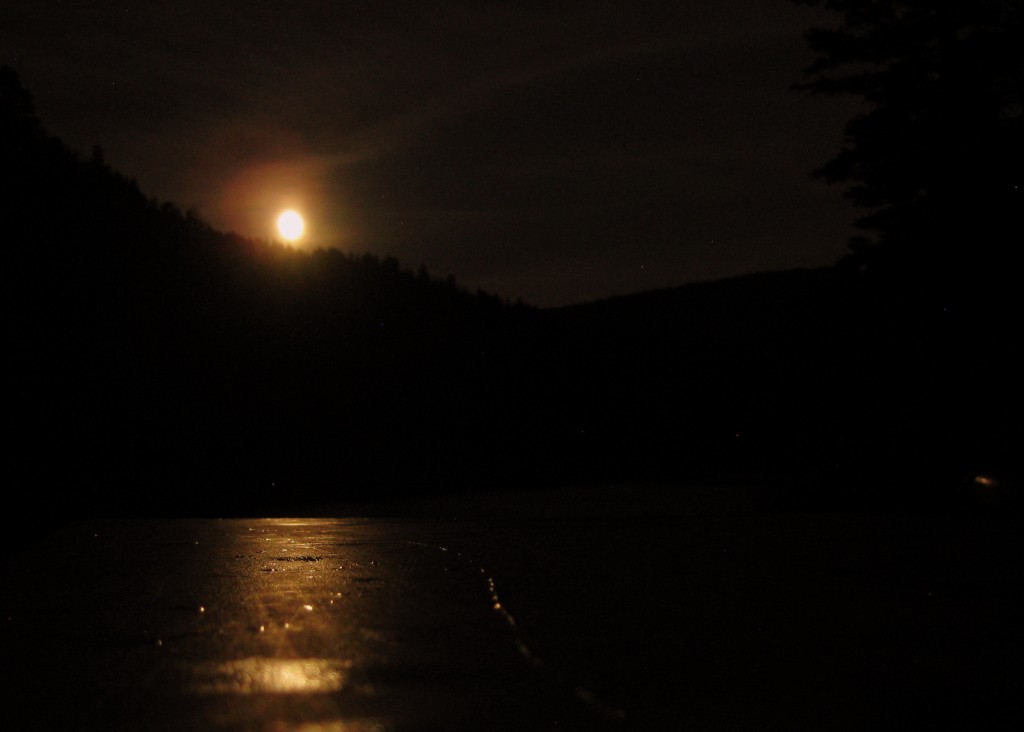
The trip was absolutely spectacular. Â The fishing didn’t prove to be very fruitful because none of us consider ourselves pros with a fly and the lateness of the season meant the water was extremely warm. Â Not to worry though, just getting to cast a fly into the water under a few hundred foot tall canyon wall is a relaxing and rewarding activity in and of itself and worth it without a trout reward.
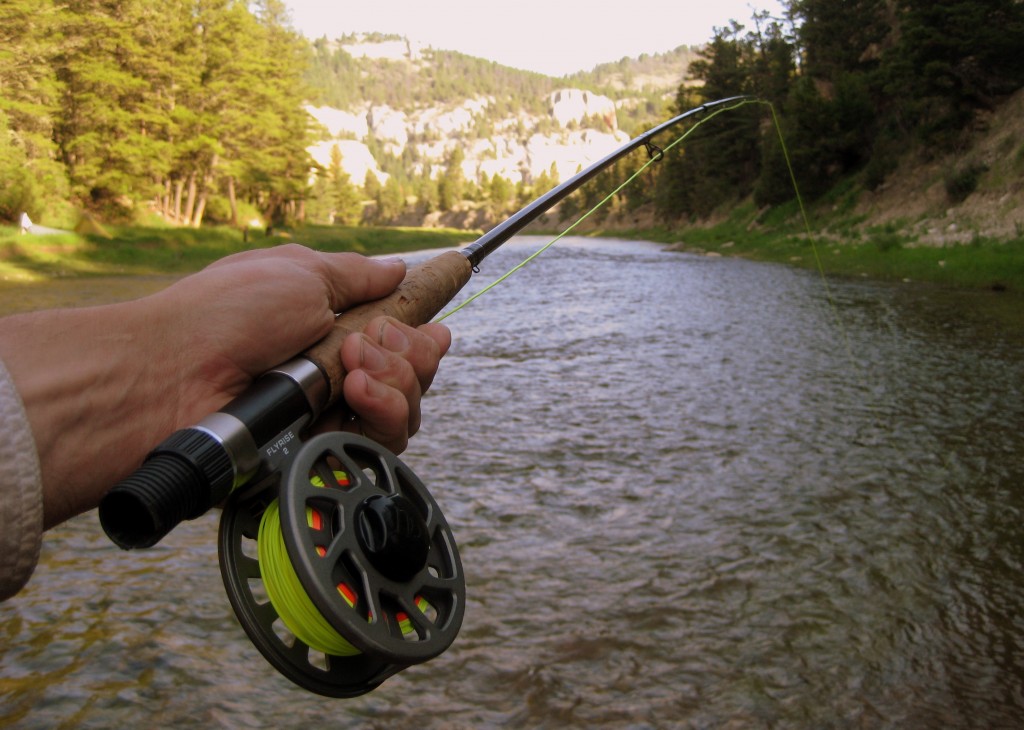
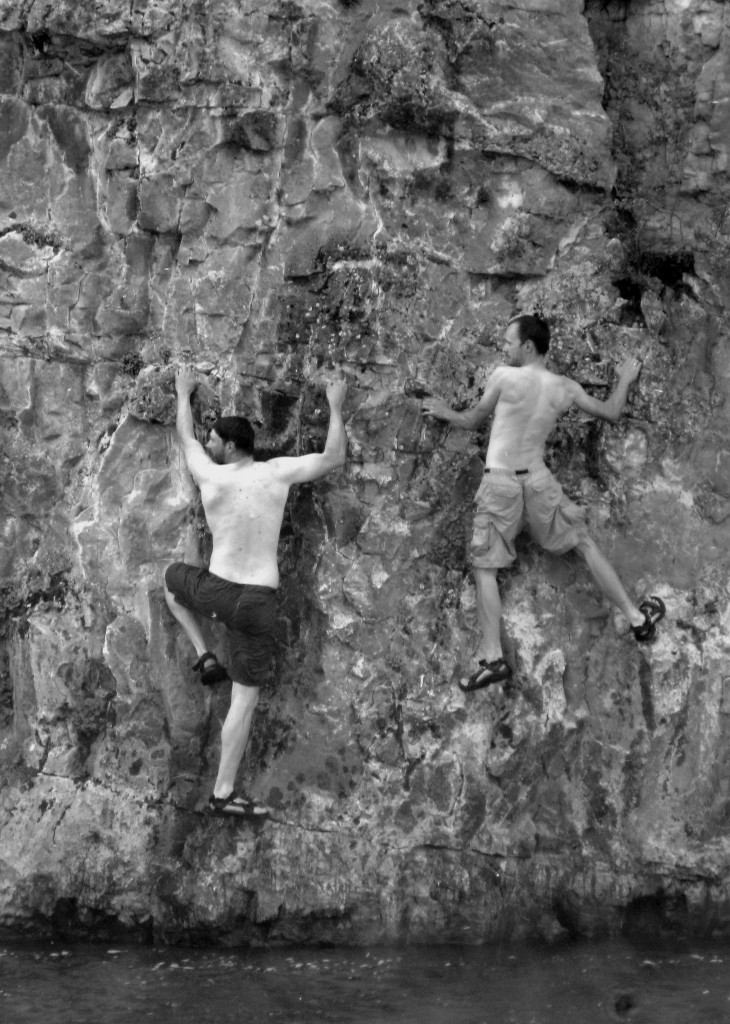
Any amount of fishing that may have not proved fruitful was easily made up for in exquisite swimming opportunities. Â We made it a point to stop a couple times a day for an hour or more at at time when we’d come to a good swimming hole. Â We even found a couple decent “deep water” soloing opportunities with some fun little cliff jumps.
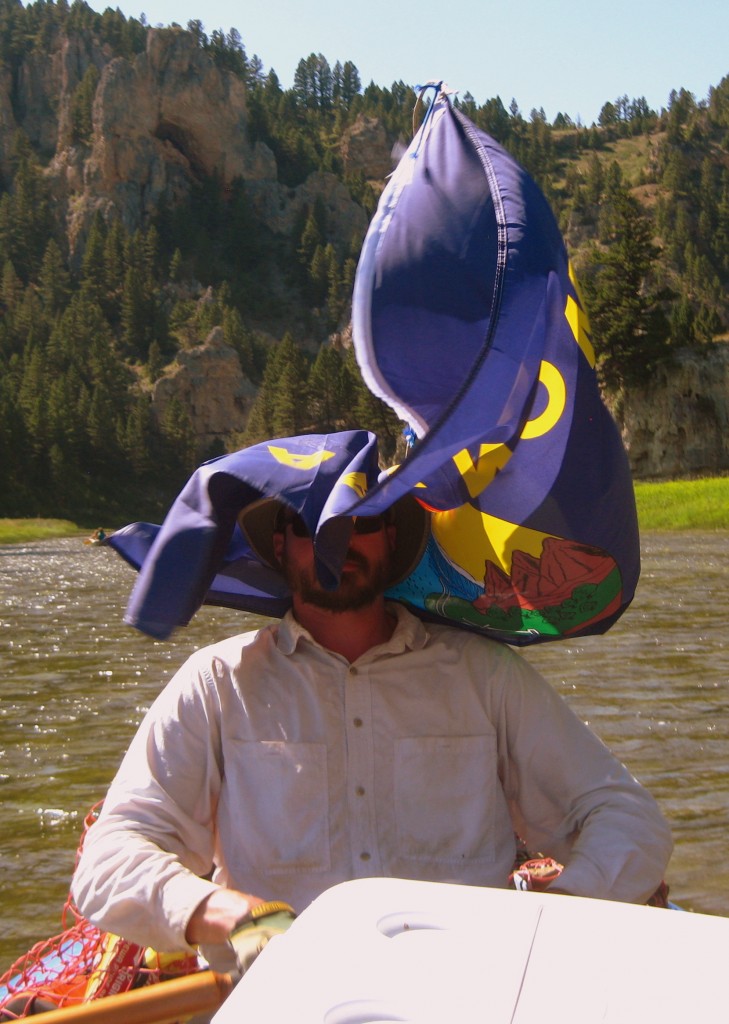
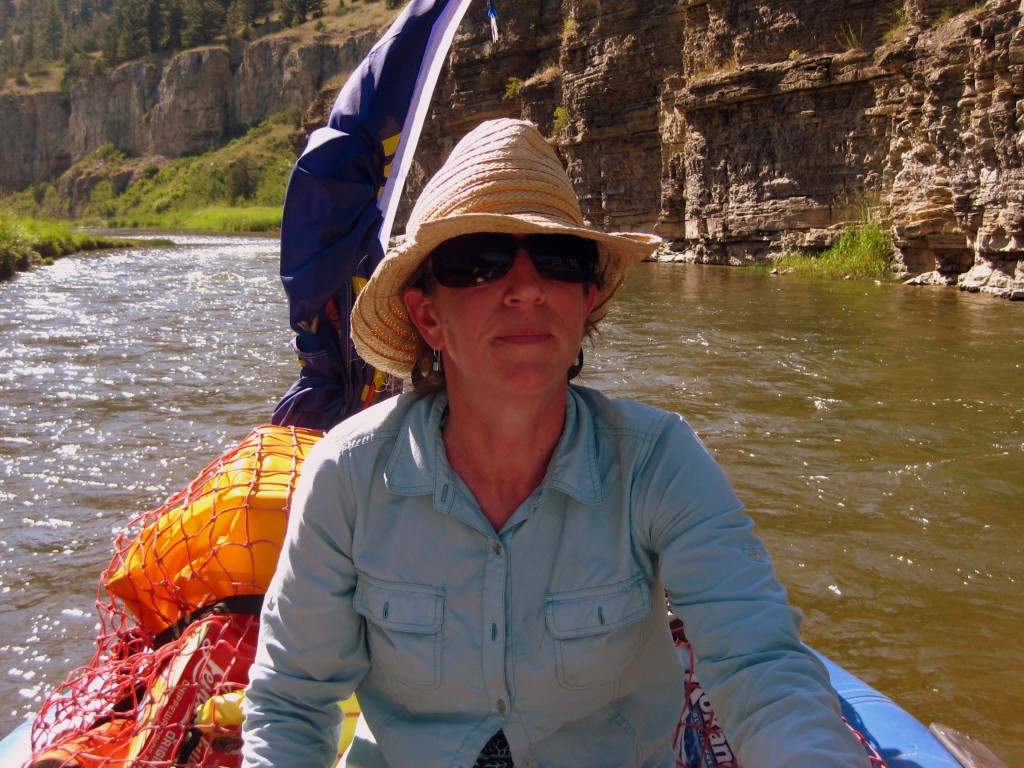
Get your friends together and apply for your permit if you want to float the Smith.  If awarded, do yourself a favor and do some pre-trip planning (or a ton of planning as we did).  Dial in your food plan so you can eat gourmet grub three meals a day and figure out which campsites are awesome and which are just so-so.  Find a couple good friends who don’t complain about the sun or the lack of good fishing and hit the river.  The Smith is an absolute treasure and worth sharing.  If you feel the same, consider researching the current plans to attempt to build a mine at the headwaters and write a note to your government reps or consider a donation to at saveoursmith.com.  Let’s keep Montana beautiful as both a natural resource and a recreational playground.












